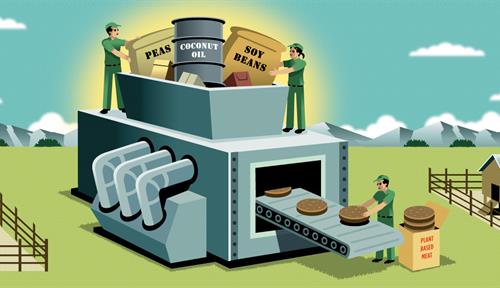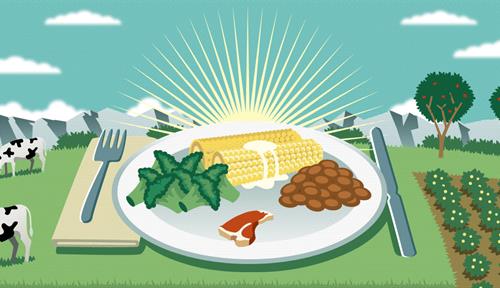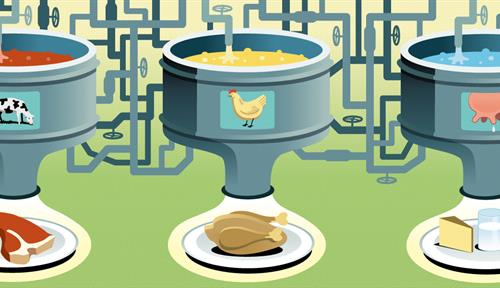The future of meat — and ‘meat’
Is there a way to reconcile society’s love affair with the taste of meat and dairy with the pressing need to reduce carbon emissions? Science writer Bob Holmes bores into the data — and offers up bottom lines for individual consumers and society at large.



